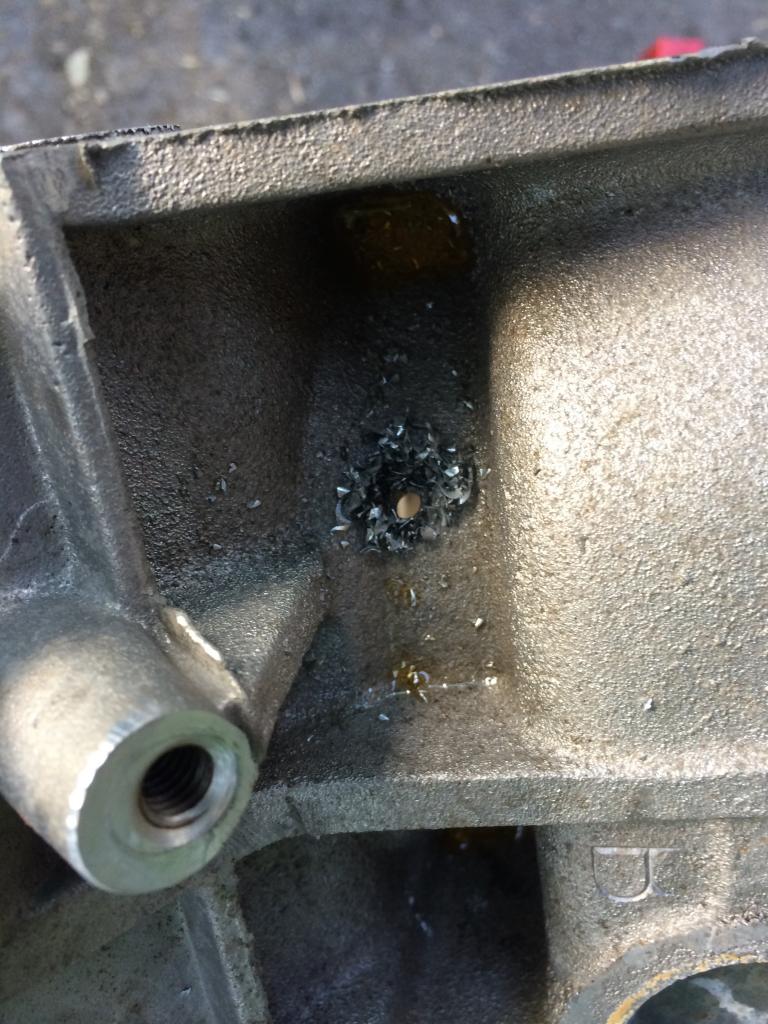You must be logged in to rate content!
4 minute(s) of a 50 minute read
7-31-2014
I pulled the prop shafts this monday and didn't notice something really weird about the front one. It is a Discovery 1prop shaft, not a Discovery 2 prop shaft. I'm a bit worried about what damage it may have done and what issues there may be with keeping it.
I also decided to do 10-32 screws for pinning my sleeves instead of 1/4-28. I wanted more threads to be engaged, and a 32 pitch does that. I have a smaller bearing cross-sectional area, though, so I went crazy and I'm doing two screws per cylinder. I already have all 16 holes drilled and I'm waiting for an extended reach tap wrench to be able to tap all of the holes. I couldn't reach them with a normal short tap wrench.
Last update, I got my 4.6 Crankshaft with connecting rods and pistons, as well as my CDL linkage from Abran, today. They look great! I know I'll get higher compression using the 4.0 pistons, but will the added compression mean a head gasket leak is more likely to happen in the future, and what benefit would I have from the higher compression? If anyone knows the answers to those questions, please give me a holler! I'm dropping off the parts at the machine shop tomorrow to be polished/reground and checked for cracks. I'll drop off my block once I get the holes tapped and have the correct length screws in them.
Also, I just got it all new rotors and pads. I love shiny new parts!
8-1-2014
I still need to add the threads on most of the holes and then cut the screws to length. So far in this experience, I've found:
-The hole angles are a pain to get at with a large steady drill.
-A variable speed drill works great, especially for starting slowly.
-Cutting fluid is a must.
-Use a punch to as a starting point, then center drill enough to give a valley for the drill to go in, then drill at a slow-medium speed being careful to watch for the black chips (sleeves) so you know when to reduce pressure.
-Use cutting fluid on the tap, too.
-A long tap wretch is needed to get a good angle on some of those holes.
-Working on the cylinder just next to the starter mount is a pain! Plan the location and angle of the hole(s) there carefully.
Stainless screws wouldn't have the same strength characteristics as the allow steel, which is more similar to the cast iron sleeves. I went with the more similar metal, the alloy steel. I drilled the heads using a mill at the school machine shop (BYU), and I did two holes each side. I like that idea, personally.
The only question I have left for this part is what thread-lock to use. The permanent red stuff, or maybe some jbweld, or quick-steel(recommended by my machinist). I don't know if the quick steel would actually get much on the threads because it is so thick. I'd be afraid of it all scraping off as the screw entered the hole. JB weld would get some in there, and it is sturdy stuff. And the red stuff would definitely coat the threads, but would it be as strong as JB weld or quick-steel?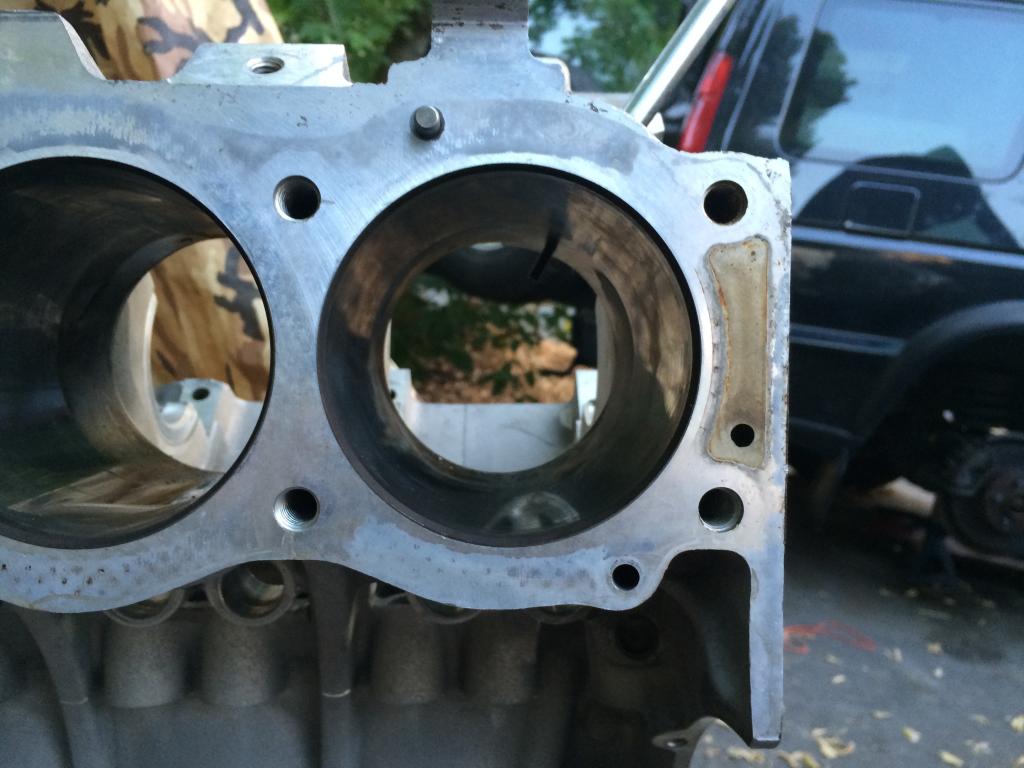
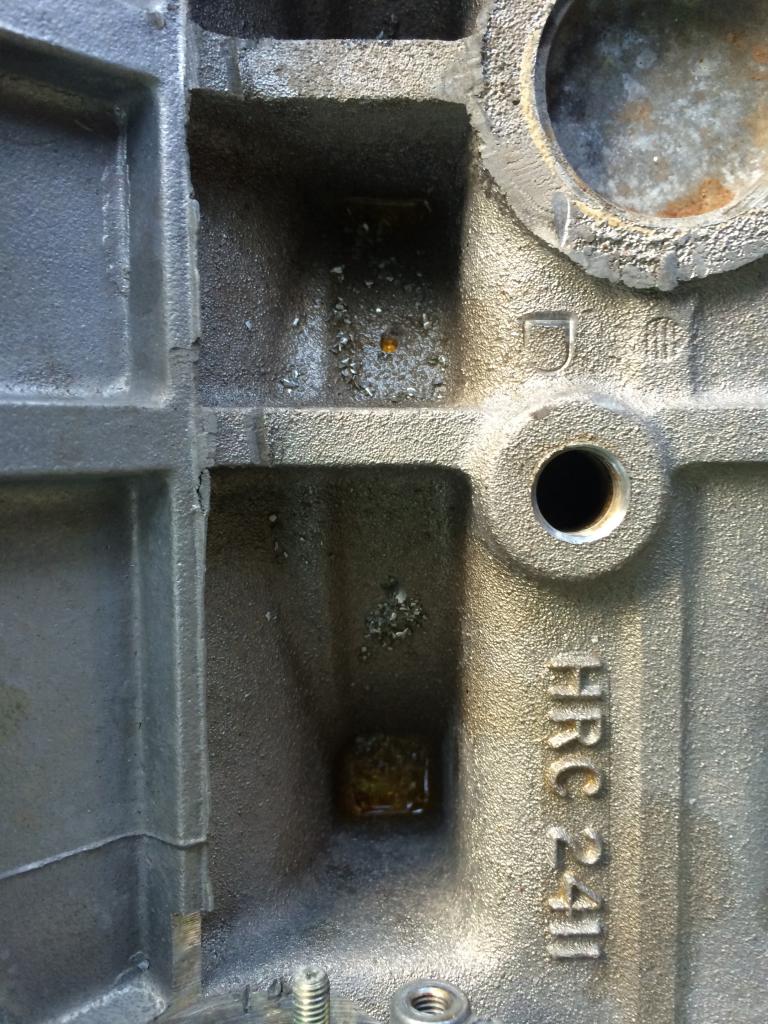
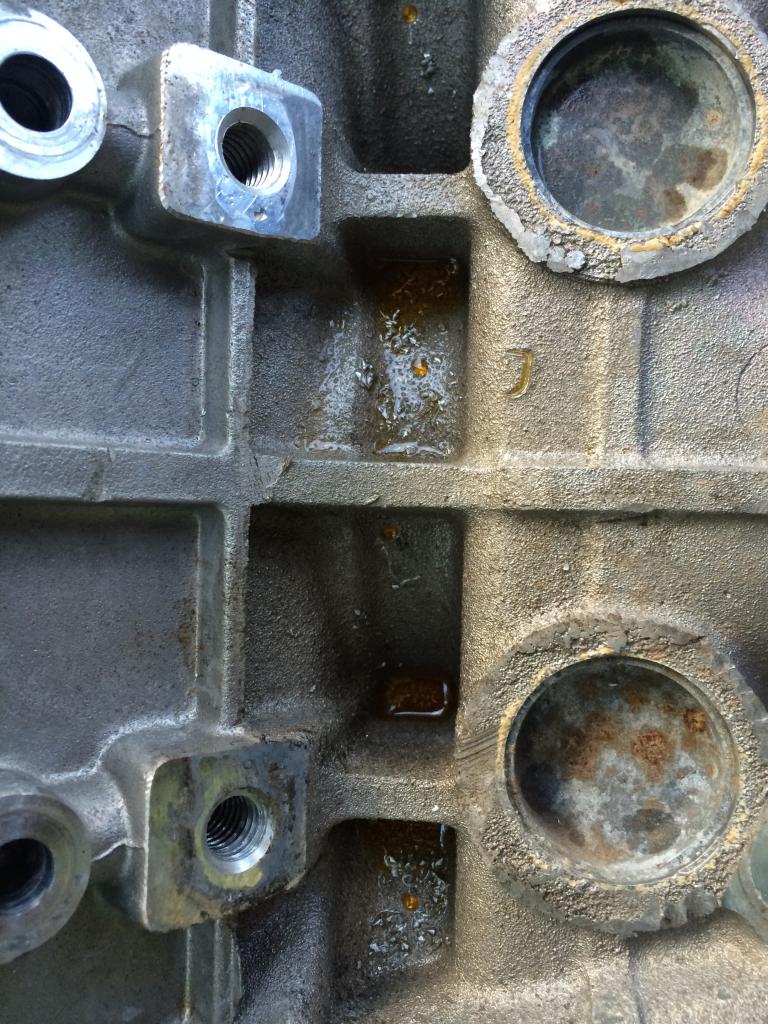
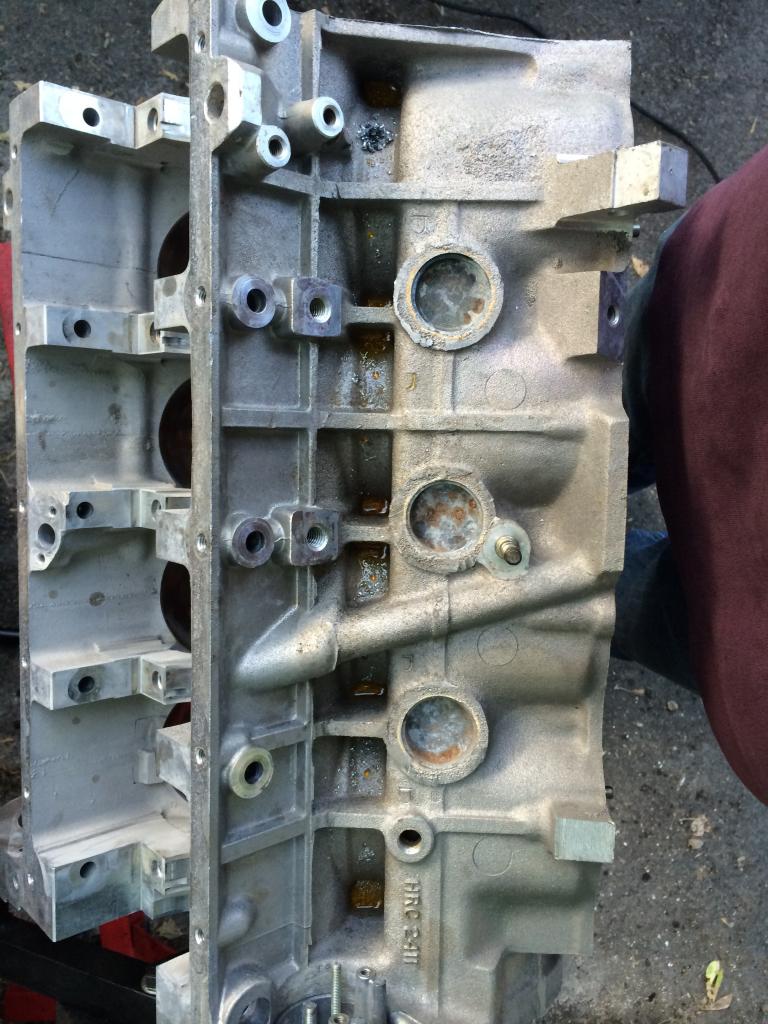
Notice the black chips (Cast Iron):
